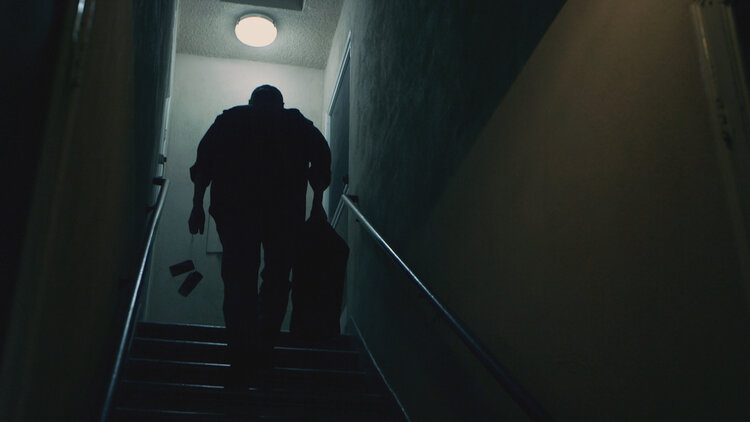We Are Movie Geeks
Review of THE PENNY BLACK by Stephen Tronicek:
William J. Saunders The Penny Black is a case study in the way that association can create tension in Film. The story and the players are simple: Will is left with a bag of expensive stamps by his neighbor Roman. In the ensuing days, Roman disappears. Throughout the course of The Penny Black Will attempts to find Roman.
The steps of Will’s journey aren’t, on the surface, particularly compelling. Will goes to stamp conventions, visits a private investigator, and even has to have a run-in with an old girlfriend. Much like most long-term tasks, the name of the game is monotony…but the film never actually feels that way.
This is achieved simply by Saunders and crew, who decide early to frame the whole event through Will’s past experience. Much of the early runtime of the film is made up of Will describing the experiences he had with his con-man father. Through the trauma that he inherited from it.
“a case study in the way that association can create tension in Film.”
In the interest of documentary storytelling, this achieves two things: 1. It paints Will as a sympathetic protagonist and 2. It creates a framing device of tension for the entire film. Introducing this information creates the idea that these stamps could be a con job. Because the personal stakes of a con job are so high for Will, the personal stakes for the audience are high. By framing the rather monotonous process of the search for the Roman this way, The Penny Black becomes a compelling mystery.
A story of the mundane oddity of the world, The Penny Black is a great documentary to study for the framing of documentaries. Documentaries have to be dramatically compelling and Saunders and co. should be commended for making this one so.

